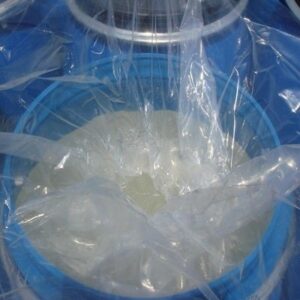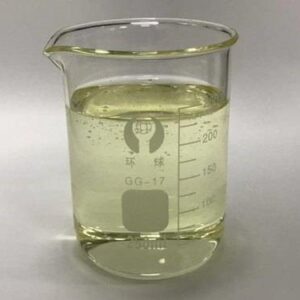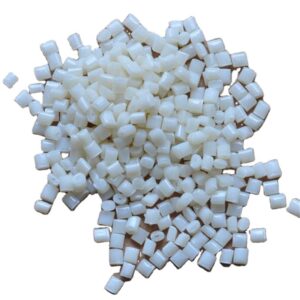Description
TEG
General Information
Triethylene glycol or TEG, often known as terephthalic acid, has the formula C6H14O4 and is classified as an alcohol. Normally, it takes the form of a liquid at room temperature. It is transparent, has a little scent, and is not very thick. Water can dissolve triethylene glycol. Due to its acidic nature, trimethylene glycol is corrosive to many materials. When working with trimethylene glycol, it’s important to take precautions against corrosion by using protective coatings and materials. Triethylene glycol can accelerate deterioration in high-temperature environments. Triethylene glycol is commonly utilized as a plasticizer in the production of various polymers because it makes resins less brittle and more ductile.
Usage of TEG
Vinyl polymers are a common application for TEG as a plasticizer. Triethylene glycol is commonly used to produce polyvinyl chloride (PVC) and polyvinyl butyral. Triethylene glycol is essential in many products, including automotive parts and coatings. Tri ethylene glycol’s hygroscopicity underpins the majority of its applications. This means it can take in atmospheric humidity through absorption or adsorption. It removes water from natural gas before condensing and transporting it through pipelines. The trimethylene glycol can be recycled indefinitely, but the benzene byproduct must be disposed of safely. This method is helpful because it keeps the gas from freezing, which makes it more convenient for end users to transport and handle.
Mild disinfection is another use for trimethylene glycol. Due to its low toxic effects, antibacterial properties, and low odor, it is frequently used for air disinfection in areas where more forceful disinfectants cannot be employed. Due to such disinfectant qualities and dehydrating characteristics, it is a perfect dehumidification agent for air-conditioning components.
TEG
Technical data sheet & Chemical Formula
Its chemical formula is C6H14O4 or HOCH2CH2CH2O2CH2OH. The CAS number of TEG is 112-27-6. It is well known for its hygroscopic properties and ability to dehumidify fluids. In addition to being miscible with water, it is also completely soluble in ethanol, acetone, acetic acid, and aldehydes. Oil, fat, and most hydrocarbons are insoluble in them. Diethyl ether is slightly soluble, and most hydrocarbons are insoluble in it. It is produced commercially by oxidizing ethylene at a high temperature in a silver oxide catalyst, followed by the hydration of ethylene oxide to yield tetraethylene glycol.
| Property | Value |
| Color ( APHA ) max. | 8 |
| Acidity [ as acetic acid ], wt. % max. | 0.005 |
| Chlorides | 0.1 |
| Iron, ppm max. | 0.10 |
| Water, wt. % max. | 0.10 |
| Water solubility at 25°C | Miscible in all proportions |
| Molecular weight | 106.12 |
| Boiling point at 760 mm Hg, °C | 245.3 |
| Freezing point, °C | -9 |
| Flashpoint ( PMCC ), °C | 154 |
| Absolute viscosity at 20 °C, cP | 35.7 |
Packing of TEG

Packing
There are several ways to store TEG. It can be stored in stainless steel drums, aluminum drums, lined drums, tank cars, or tank trucks with a capacity of 200 to 1000 liters.
Safety & warning & transportation of TEG
According to the European Chemicals Agency (ECHA), no hazards have been labeled for TEG. Wear proper PPE (such as a face mask and respirator) and keep your skin, eyes, and clothes away from the substance. These products have a 24-month shelf life under unopened drums if they are stored properly and are not exposed to contamination. Bulk containers have a six-month shelf life from the date of production. Being hygroscopic, the product requires special care to prevent water contamination. Avoid letting air into sealed containers. Because of how sensitive it is to moisture, resampling may reveal unexpectedly high moisture concentrations. When taking a new sample, ensure it isn’t in the sun or exposed to extreme heat. Transporting it needs no special precautions, but you should still wash your hands before handling it.






Reviews
There are no reviews yet.